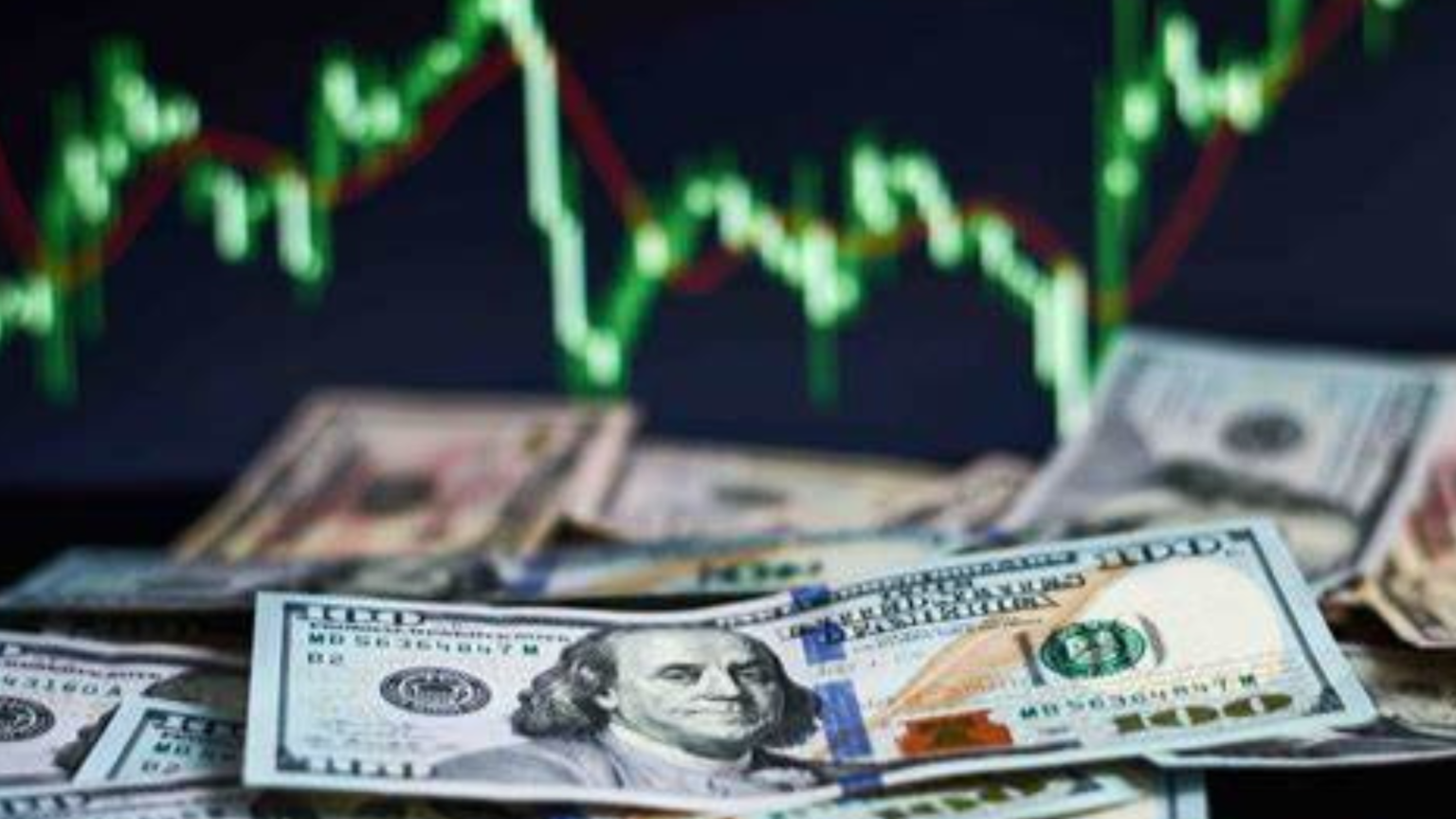The U.S. dollar strengthened after the release of August’s payrolls report, which painted a mixed picture of the U.S. economy. The report showed that while job growth continued, it was not as robust as expected, raising questions about the Federal Reserve’s next steps regarding interest rates. For traders, the reaction of the dollar and broader markets to this data highlights how economic reports can significantly impact trading strategies.
1. Understanding the Payrolls Report: A Mixed Picture
August’s U.S. payrolls report was closely watched by traders, as it serves as a key indicator of the overall health of the economy. The report showed that job growth slowed compared to previous months, which could signal that the Fed’s aggressive rate hikes are starting to cool down the labor market. However, wage growth remained strong, which indicates inflationary pressures may persist.
For traders, these mixed signals add complexity to market predictions. On one hand, slowing job growth suggests that the Fed could ease off on future rate hikes. On the other hand, continued wage growth might push the Fed to maintain its hawkish stance to combat inflation.
2. How the Dollar Reacted to the Report
The U.S. dollar rose against other major currencies following the release of the payrolls report. This is a typical response when economic data supports the idea of continued Fed rate hikes, which make the dollar more attractive to foreign investors. Higher interest rates often lead to a stronger currency, as investors seek out higher returns on dollar-denominated assets.
For forex traders, this reaction demonstrates how sensitive the currency markets are to economic data. By closely monitoring economic reports like payroll numbers, traders can position themselves to capitalize on currency movements.
3. What This Means for the Federal Reserve’s Next Steps
The mixed signals from the payrolls report put the Federal Reserve in a tough spot. While the cooling job market might suggest it’s time to pause rate hikes, the persistent inflation pressures—indicated by strong wage growth—may convince the Fed to continue tightening. Traders should pay close attention to the Fed’s communications in the coming weeks, as any hints about future rate decisions will likely have a major impact on the markets.
A dovish stance, or signaling a pause in rate hikes, could weaken the dollar, while a hawkish stance, maintaining or raising rates, would likely strengthen it further. Traders in both the forex and stock markets need to be prepared for either scenario.
4. How Traders Can Position Themselves
In volatile markets driven by economic data and central bank decisions, traders need access to real-time insights and tools to react quickly. Economic reports like payroll numbers, inflation data, and interest rate decisions can cause sudden market movements, and having a strategy in place is crucial.
At EPIQ Trading Floor, we provide traders with real-time buy and sell signals, market analysis, and a supportive trading community to help you stay ahead of market events. Whether you trade forex, stocks, or crypto, our expert insights will equip you with the tools to succeed in today’s fast-moving markets.
Join EPIQ Trading Floor Today!
Ready to navigate market volatility with confidence? Sign up for a 3-day free trial at EPIQ Trading Floor and gain access to exclusive trading signals, market analysis, and proven strategies. Elevate your trading and stay ahead of the curve!
Disclaimer
The information provided in this blog is for educational purposes only and should not be considered financial advice. Always conduct your own research before making any investment decisions.










Responses